Recombinant Human CD36 protein(Gly30-Asn439), His-tagged
| Cat.No. : | CD36-3184H |
| Product Overview : | Recombinant Human CD36 (NP_001001547.1)(Gly 30-Asn 439) was expressed in HEK293, fused with a polyhistidine tag at the C-terminus and a signal peptide at the N-terminus. |
- Specification
- Gene Information
- Related Products
- Case Study
- Application
- Download
| Species : | Human |
| Source : | HEK293 |
| Tag : | His |
| Protein Length : | Gly30-Asn439 |
| Form : | Lyophilized from sterile PBS, pH 7.4. Normally 5 % - 8 % trehalose, mannitol and 0.01% Tween80 are added as protectants before lyophilization. |
| Molecular Mass : | The secreted recombinant human CD36 comprises 421 amino acids with a predicted molecular mass of 48.1 kDa. As a result of glycosylation, the apparent molecular mass of rh CD36 is approximately 62.6 kDa in SDS-PAGE under reducing conditions. |
| Endotoxin : | < 1.0 EU per μg of the protein as determined by the LAL method. |
| Purity : | > 88 % as determined by SDS-PAGE. > 85 % as determined by SEC-HPLC. |
| Storage : | Samples are stable for up to twelve months from date of receipt at -20°C to -80°C. Store it under sterile conditions at -20°C to -80°C. It is recommended that the protein be aliquoted for optimal storage. Avoid repeated freeze-thaw cycles. |
| Reconstitution : | It is recommended that sterile water be added to the vial to prepare a stock solution of 0.2 ug/ul. Centrifuge the vial at 4°C before opening to recover the entire contents. |
| Gene Name | CD36 CD36 molecule (thrombospondin receptor) [ Homo sapiens ] |
| Official Symbol | CD36 |
| Synonyms | CD36; CD36 molecule (thrombospondin receptor); CD36 antigen (collagen type I receptor, thrombospondin receptor); platelet glycoprotein 4; FAT; GP3B; GP4; GPIV; SCARB3; GPIIIB; PAS IV; PAS-4 protein; glycoprotein IIIb; cluster determinant 36; fatty acid translocase; platelet glycoprotein IV; scavenger receptor class B, member 3; leukocyte differentiation antigen CD36; CHDS7; PASIV; BDPLT10; |
| Gene ID | 948 |
| mRNA Refseq | NM_000072 |
| Protein Refseq | NP_000063 |
| MIM | 173510 |
| UniProt ID | P16671 |
| ◆ Recombinant Proteins | ||
| CD36-3163H | Recombinant Human CD36 Protein, Myc/DDK-tagged, C13 and N15-labeled | +Inquiry |
| CD36-4963H | Recombinant Human CD36 Protein, Myc/DDK-tagged, C13 and N15-labeled | +Inquiry |
| Cd36-834M | Recombinant Mouse Cd36 Protein, MYC/DDK-tagged | +Inquiry |
| Cd36-7170M | Recombinant Mouse Cd36 Protein, His-tagged | +Inquiry |
| CD36-3077H | Active Recombinant Human CD36 protein, His-Avi-tagged, Biotinylated | +Inquiry |
| ◆ Cell & Tissue Lysates | ||
| CD36-1236RCL | Recombinant Rat CD36 cell lysate | +Inquiry |
| CD36-2400MCL | Recombinant Mouse CD36 cell lysate | +Inquiry |
| CD36-1109CCL | Recombinant Cynomolgus CD36 cell lysate | +Inquiry |
| CD36-2539HCL | Recombinant Human CD36 cell lysate | +Inquiry |
Case 1: Gadagkar SG, et al. Sci Rep. 2023
In newborn brains, the innate immune response triggers strong microglial activation and TLRs induction, but how CD36 affects TLRs, especially TLR2 and TLR4, is unclear. We used a CD36-blocking antibody on 8-day-old mice and observed their response to LPS, an endotoxin. The blocking antibody reduced inflammation and TLR2/3 signaling without affecting the IRF3 pathway. Similarly, in human microglia, anti-CD36 lowered TLR2/3 levels but didn't impact TLR4 or IRF3, hinting at shared regulatory pathways between mice and humans. This suggests that CD36 plays a role in modulating neuroinflammation by altering immune responses.
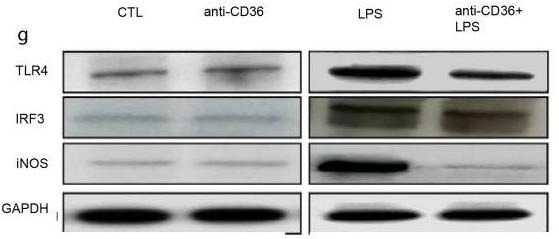
Fig1. Western blot of total protein lysates from the control, anti-CD36, LPS and anti-CD36 + LPS injected mice.
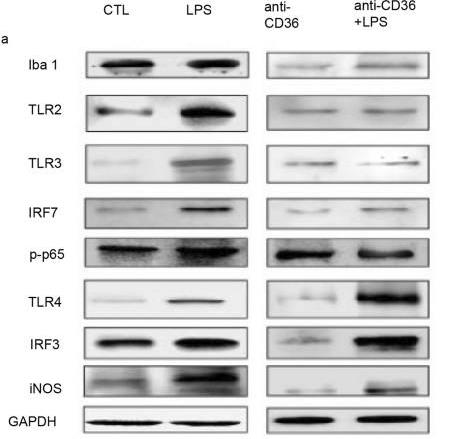
Fig2. Western blot of total protein lysates of HMC3 cells treated with anti-CD36 antibody.
Case 2: Tao L, et al. Med Oncol. 2022
CD36, which manages fatty acid intake, shows promise for cancer treatment. This study explored its role in HCC progression using databases and lab tests on samples and cell lines. Results showed CD36 is upregulated in HCC, boosting cell proliferation and metastasis by enhancing fatty acid intake. Knocking down CD36 reduced these effects by suppressing AKR1C2, a gene linked to fatty acid regulation. Essentially, CD36 accelerates HCC by promoting AKR1C2 expression and increasing fatty acid consumption.

Fig1. The expression of CD36 in 5 clinical samples was detected by western blot.
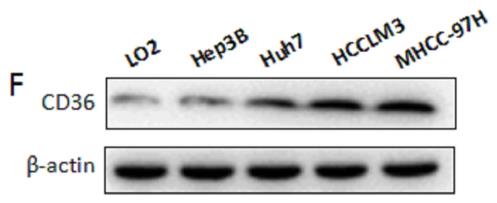
Fig2. Western blot was used to detect the expression of CD36 in normal hepatocytes and HCC cell lines.
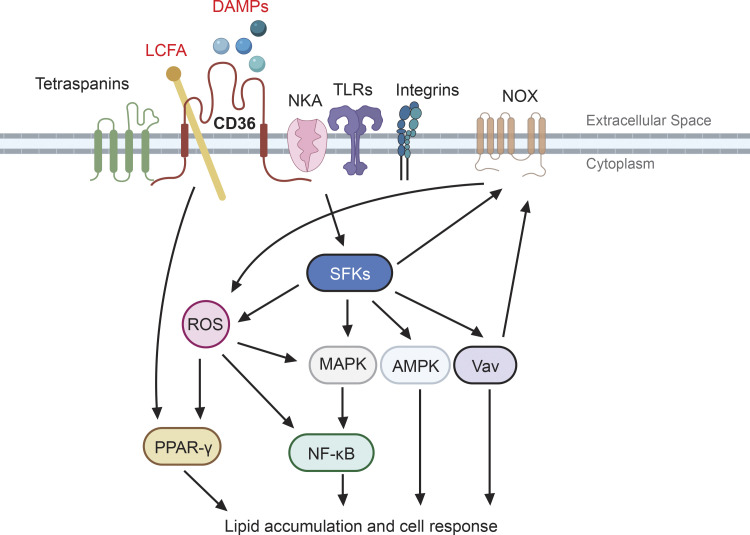
Fig1. CD36 functions as both a signal transducer and fatty acid transporter. (Yiliang Chen, 2022)
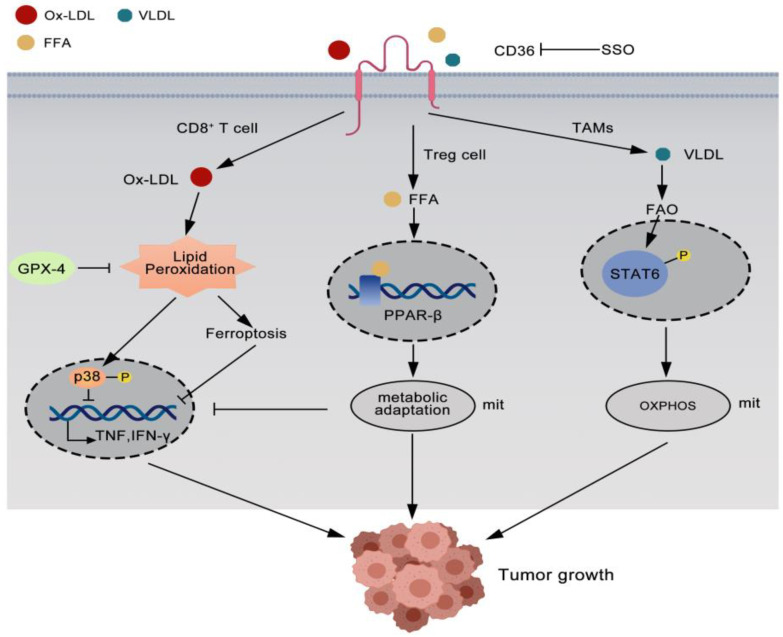
Fig2. CD36 plays a role in tumor immunity. (Xinzhi Liao, 2022)
Not For Human Consumption!
Inquiry
- Reviews
- Q&As
Ask a Question for All CD36 Products
Required fields are marked with *
My Review for All CD36 Products
Required fields are marked with *
Inquiry Basket


